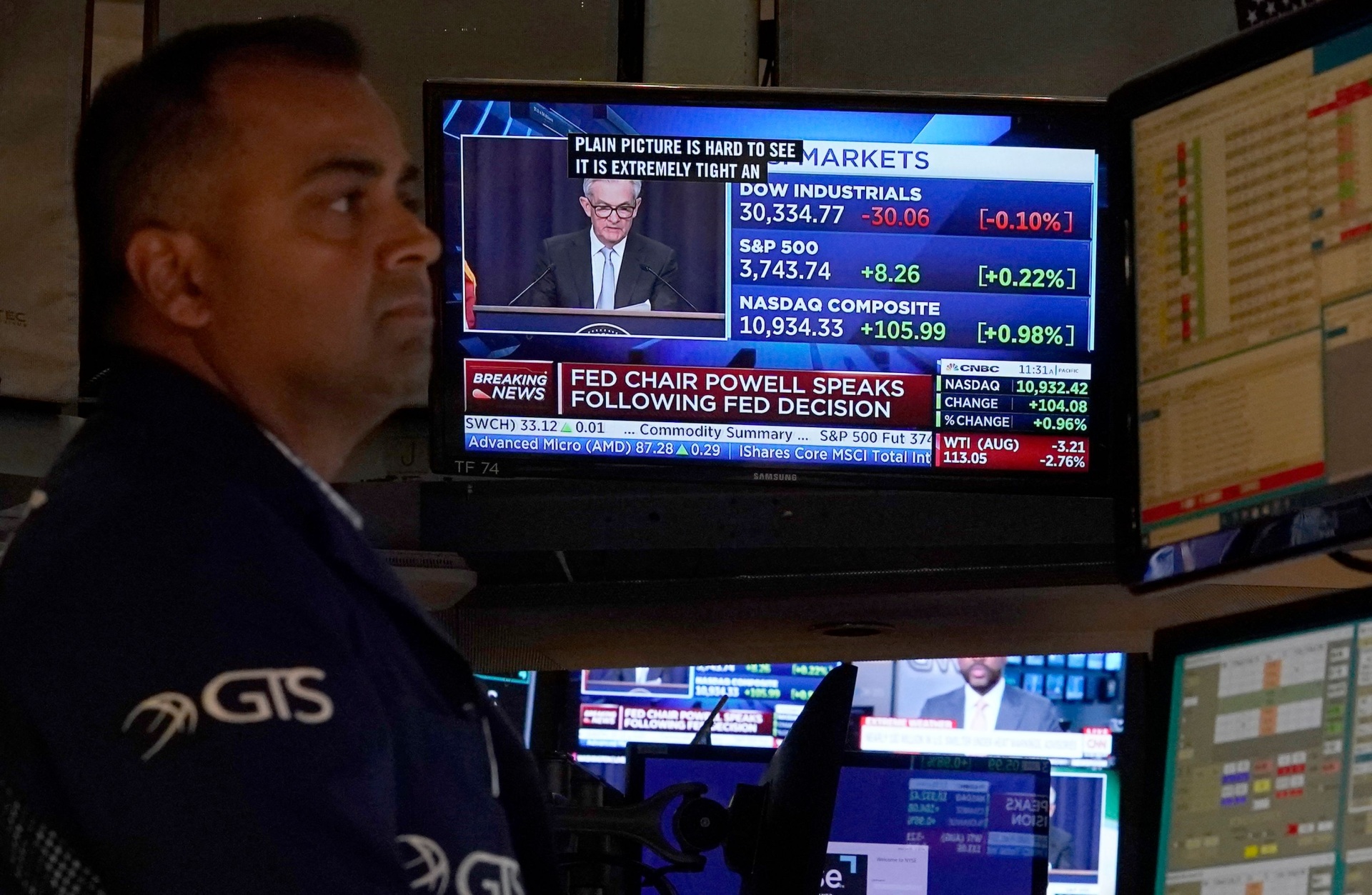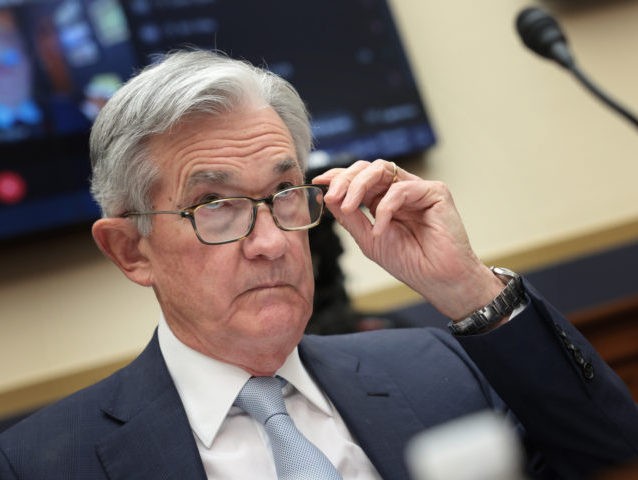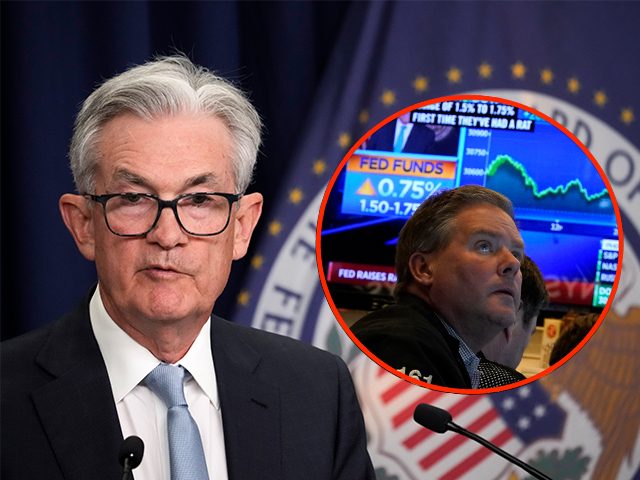While the Federal Reserve did the right thing on Thursday by raising its target by three-quarters of a percentage point, the question of whether the central bank will continue to do the right thing remains open.
The report on Friday that the Consumer Price Index (CPI) rose to a 40-year high in May jolted the Fed out of the complacent view that inflation had peaked in March. It was remarkable that the Fed adopted this view in the first place after being surprised by higher-than-expected inflation for over a year. Peak inflation was the new transitory, a comfortable theory that let the Fed believe it could avoid hard choices. Like its predecessor, it has now landed in the ash heap of history.
Even more important than the very high headline number—one percent month-over-month—was the data show that inflation has been spreading as well as rising. Gone are the days when the doves could point to a few goods as giving rise to inflation. The May CPI report showed inflation was everywhere. The dyke has burst, and the deluge is here. The Cleveland Fed’s Trimmed Mean inflation—which measures inflation without outliers in either direction—rose by a historically high 6.5 percent year-over-year. Median inflation, another measure of underlying price pressure calculated by the Cleveland Fed, rose by 5.5 percent.
Fed Chair Powell himself said at the press conference that Fed officials had been expecting progress and they did not get it. “In many ways, we got the opposite,” Powell said.

Traders work on the floor of the New York Stock Exchange on June 15, 2022, as the Federal Reserve announces a hike in interest rates. (TIMOTHY A. CLARY/AFP via Getty Images)
Even more than the backward-looking reads of where prices have gone, it was likely the rise in inflation expectations that was the real cause for concern among Fed officials. The Fed has long been convinced that inflation can be more easily contained so long as longer-term inflation expectations remain anchored. Near-term expectations can bounce around and are particularly affected by movements in food and gas prices. Long-term expectations tend not to move by very much; so when they do, they command attention. The University of Michigan survey’s measure of inflation expectations showed the early signs of unanchoring, pushing the Fed into a bigger hike.
Projecting Immaculate Disinflation
There was much to like about the Fed’s projections—and plenty of which we are critical.
Back in March, the Fed was projecting 2.8 percent growth this year. The Fed did not, of course, have the luxury of knowing that the economy would contract in the first quarter. Even still, that projection seemed very optimistic given the likely trajectory of gas prices and ongoing supply chain problems. Now the Fed has moved on to a far more realistic 1.7 percent forecast and has moved next year’s projection from 2.2 percent to 1.7 again. This is a very big change after just a few months, and it is admirable that Fed officials remain open-minded enough to change positions when the facts on the ground become clear.
They may have to change again. The Atlanta Fed’s GDP tracker slid down to zero for the second quarter on Wednesday due to weaker than expected inventory figures for April and retail sales for May. The May retail numbers indicate that gas prices are now taking a toll on the rest of the economy, leaving households with less to spend on furniture, appliances, and other goods. While there may be some rebound in the Atlanta Fed’s GDP Now measure in the weeks ahead, a zero print with just a few weeks left in the quarter creates the risk of a second consecutive quarter of negative growth.

Federal Reserve Board Chair Jerome Powell testifies before the House Financial Services Committee on March 2, 2022, in Washington, DC. (Win McNamee/Getty Images)
What’s more, the Fed still seems too confident that it can bring down inflation with very minimal economic pain. The projections now have unemployment rising to 3.7 percent at the end of this year, 3.9 percent next year, and 4.1 percent the year after that. Importantly, the Fed thinks the long-run rate of unemployment is four percent. So the Fed’s big campaign to bring down inflation is expected to win without raising unemployment beyond its long-run trend except by one-tenth of a percentage point three-and-a-half years from now. Meanwhile, inflation is expected to run at 5.2 percent this year, up from the March expectation of 4.3 percent, but the next year and year after projections—2.6 and 2.2 percent respectively—are even lower than what was projected in March.
Powell has apparently convinced his fellow Fed officials of a novel theory that we might as well keep calling “immaculate disinflation.” According to this theory, the Fed can bring down inflation mostly by eliminating excess jobs in the economy. For the past few months, the Job Openings and Labor Turnover Surveys have shown that there are around two jobs for every unemployed person. Powell’s idea is that the Fed’s tightening can eliminate those jobs without hurting actual employment by very much. It’s an elegant theory—get rid of jobs people do not have instead of the ones they do—but it’s also untested and very convenient. It is the successor idea to transitory inflation and peak inflation.
A more standard approach would project that inflation would only be reduced back to the Fed’s two percent target if unemployment were to rise significantly above the long-run trend for a protracted period of time. That may not be entirely correct—economic nationalist energy and manufacturing policies could juice domestic supply to meet demand—but it is worth noting how unusual Powell’s theory is.
Powell said on Wednesday that he does not think 75-basis hikes will be standard operating procedure. Six weeks ago, however, he said a 75-basis point hike was not even on the table for this meeting. Given his unrealistic projections on rates and inflation, we find it hard to have confidence in the latest reassurance.

COMMENTS
Please let us know if you're having issues with commenting.